If you have a backyard flower garden, you may have pondered whether you could use those flowers for purposes other than ornamentation.
While garnishing and cooking with flowers saw a drop in popularity in the last few years, it is luckily rising to prominence once again. This style of cooking was quite popular in ancient Roman, Middle Eastern, Chinese, and Roman cultures, and now, many restaurant chefs continue to garnish entrees with flower blossoms.
You might be familiar with the idea of using flowers for garnish, but if you haven’t given fully edible flowers a try yet, you need to reconsider. There are dozens of flowers that not only provide a gorgeous aesthetic to a cooked dish but also provide a delicious pop of flavor.
How to Select Flowers for Use in Cooking
There are some guidelines you should follow if you are considering using flowers in your cooking. For starters, know that not every flower or plant is edible. A quick sample is not a great way to tell which flowers will work – you can often get very sick just from a simple nibble.
You should also avoid eating flowers growing on the roadside. These are often contaminated by chemicals or salt that was used to treat the road. In the same token, you should not eat any flowers that were treated with pesticides or other chemicals.
If you can, eat flowers that were grown organically. Don’t trust those that you purchase from nurseries, florists, or traditional garden centers, as these are likely to have been treated with chemicals.
Make sure you identify the specific flower and only eat edible flowers and parts of the plant. Whenever cooking with any kind of flower, make sure you do so sparingly. Flowers eaten in excess can cause digestive problems and their strong flavor can also overpower the dish. In addition, if you are pregnant or have any preexisting medical conditions, you should avoid eating flowers until you know it is safe to do so.
When you harvest your edible flowers, make sure you clean them by rinsing them in a bowl of cold water. Let them air dry before using to prevent wilt. Use the blossoms immediately or store them in the refrigerator for a few days by placing them in an airtight container lined with a moist paper towel.
Top 20 Edible Flowers
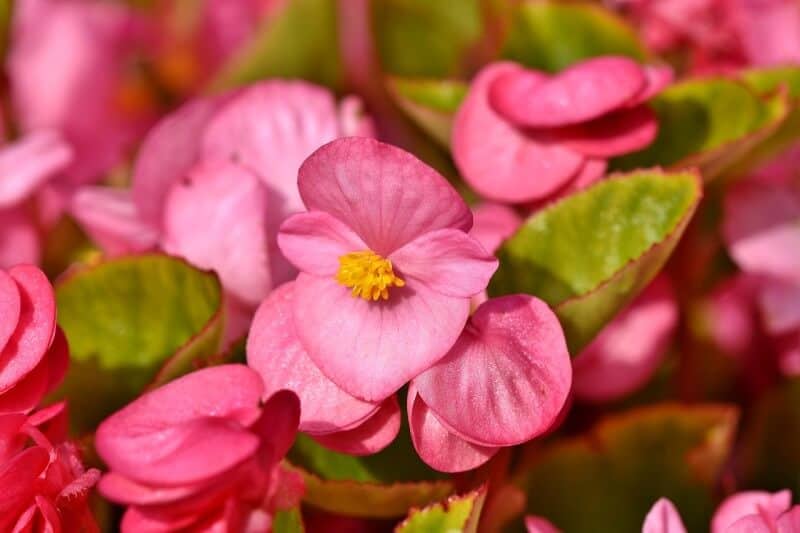
Begonia
There are two different types of begonias that you can safely use in your cooking. Both tuberous begonias and wax begonias are safe to eat. Tube begonias have edible flowers, stems, and leaves. The blossoms taste not unlike citrus and you can use them in salads as well as in the place of a garnish.
Begonia stems make a fantastic substitute for rhubarb in cooking. Wax begonias possess edible leaves and flowers, and these taste great either cooked or raw. They do have a tendency to have a somewhat bitter aftertaste, and it’s important to note that f you grow your begonias in a wet environment, they can have a swampy flavor.
If you suffer from conditions like rheumatism, kidney stones, or gout, you should avoid eating begonias. This is because the leaves and stems of these plants contain oxalic acid, which can cause your condition to worsen.
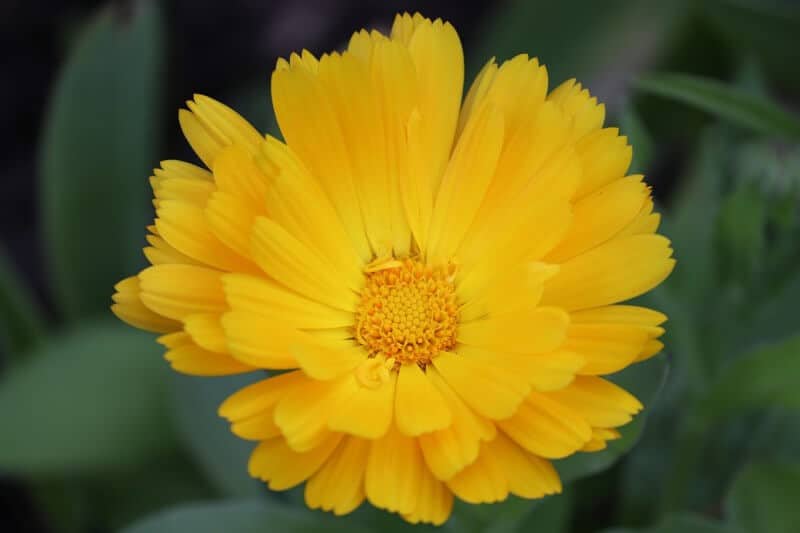
Calendula
Calendula has dozens of uses around the garden and homestead, from medicinal uses to providing insect repelling benefits. What you likely did not know is that calendula can also be eaten. This flower has a sharp, powerful taste similar to saffron and produces gorgeous petals in a golden-orange shade.
You can sprinkle calendula flowers atop pasta, rice, or soup, or even include it in a salad, spread, or herb butter. You can even toss some calendula petals in your scrambled eggs! Including a medley of flavors like tangy and peppery as well as spicy and bittery, this flower will offer a different kick to your cooking every time you use it. Just keep in mind that only the petals are edible.
Chrysanthemums
Chrysanthemums have a slightly bitter taste but can be found in colors ranging from white to red and everything in between. These flowers can taste like pepper or sometimes cauliflower, but should always be blanched before using.
They are best used atop a salad, but many people also use them to flavor vinegar. Do not use the base of the flower, as this can be overly bitter.
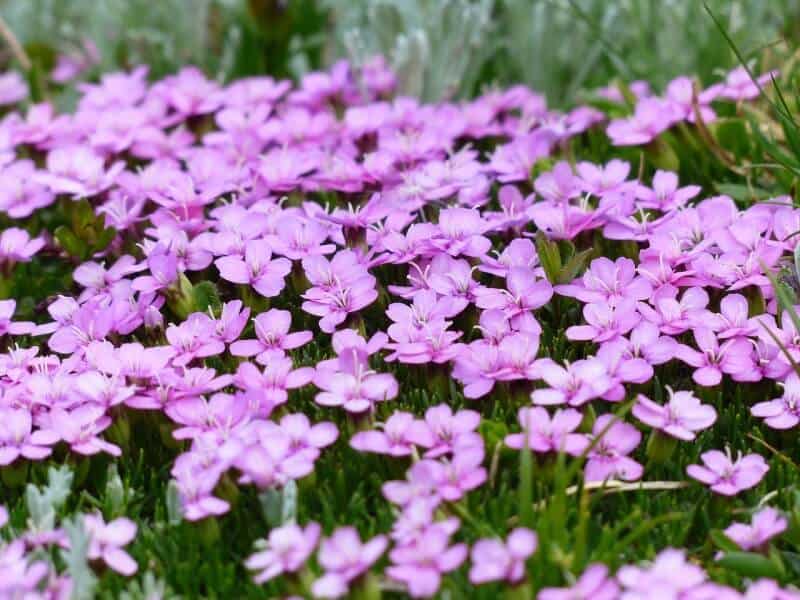
Dianthus
Also known as carnations, dianthus flowers make a great choice for use in desserts. These sweet flowers can be used in confections as well as in wine or as decorations.
Just make sure you remove the bitter white base, as these won’t add any flavor. These flowers have subtle nutmeg flavors and can add color to a salad or a dessert.
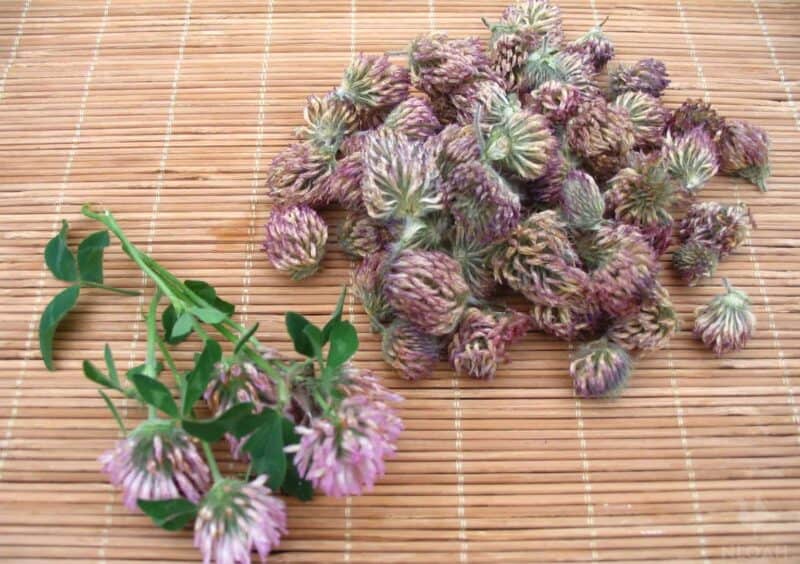
Clover
Clover, both white and red, is found just about anywhere you turn. Clover is a traditional folk medicine against conditions like leucorrhea, gout, and rheumatism, and can even be used in a tea to fight the common cold and cough.
You should try to avoid bitter clover flowers that are beginning to turn brown, and instead select clover flowers that are brighter in color – these tend to have the best flavor. Cooking clover is recommended as it can be a bit challenging to digest, particularly if you have a sensitive stomach.
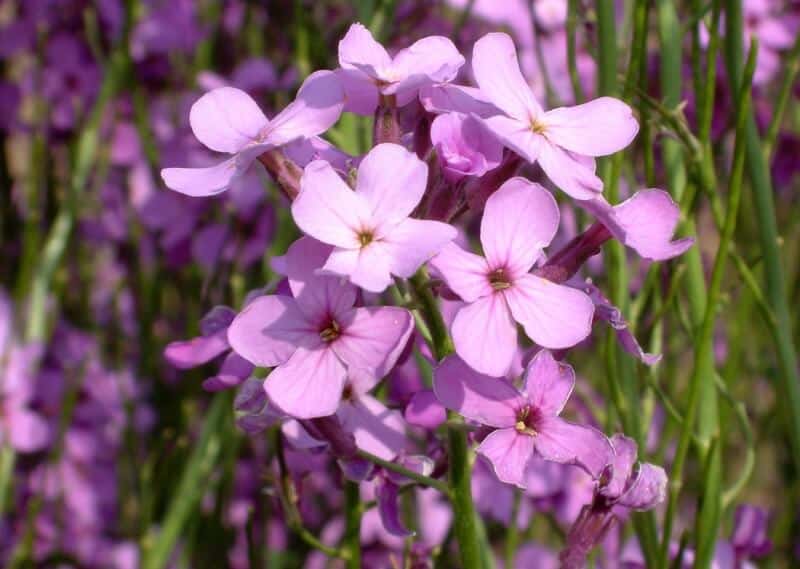
Dame’s Rocket
Also known as Dame’s violet and Sweet Rocket, this plant is often mistaken for another common garden flower – phlox. An easy way to tell them apart is by counting the petals. While phlox has five petals, Dame’s Rocket will only have four.
These flowers are a deep lavender color and can also be found in white or pink. As part of the mustard family, Dame’s Rocket is entirely edible, possessing a genetic identity that is close to plants like cabbage, broccoli, and radishes.
You can add raw Dame’s Rocket flowers to green salads, or you can even eat the leaves as salad greens. If you choose to use the whole leaves, try to pick them before the plant produces flowers. The flowers can be eaten at any time, but know that they are a little bit bitter.
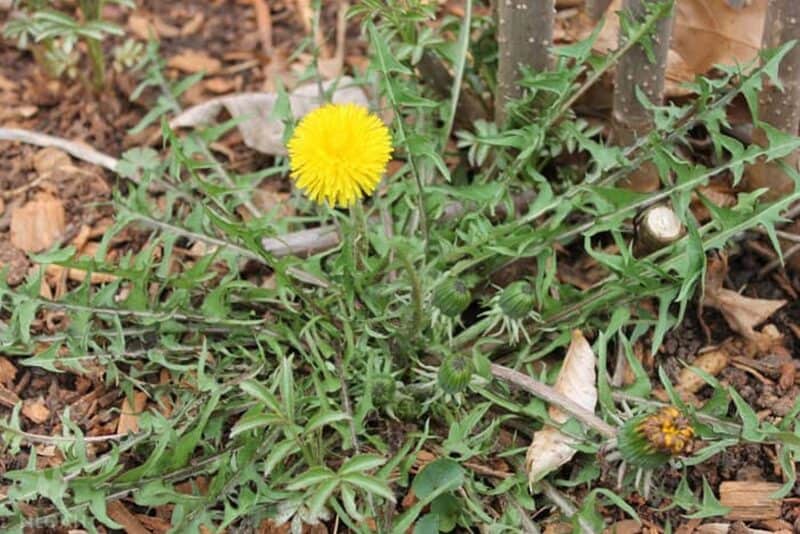
Dandelions
Dandelions are often viewed by gardeners as annoying, invasive weeds, but they are actually edible. Dandelions taste the best when they are picked young and have a honey-sweet flavor. Mature flowers will be bitterer than younger ones.
Dandelions are interesting, too, in that their buds actually taste better than the flowers – these can be harvested when they are growing close to the ground and about the size of your thumbnail. They taste delicious regardless of whether they are steamed or raw. You can also toss them into a salad or make them into wine.
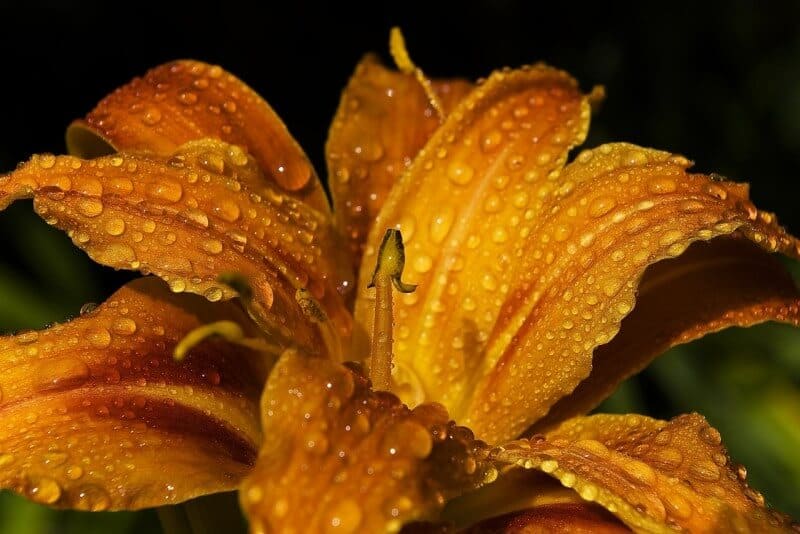
Daylilies
Daylilies tend to blossom all summer long, making them a good choice for an edible flower garden. These flowers have a subtly sweet taste and a mild vegetable flavor like lettuce or zucchini. They are also somewhat chewy.
The different colors have different flavors, but this is a subtle difference that can be difficult to detect. You can use the sweet petals in desserts as long as you remove the bitter white base, or you can even stuff the blossoms or use them in a salad. You can even eat the shoots in the same way you might eat asparagus.
If you choose to eat daylilies, you should do so in moderation. Some lilies contain alkaloids and are not edible, while others can serve as a diuretic or laxative.
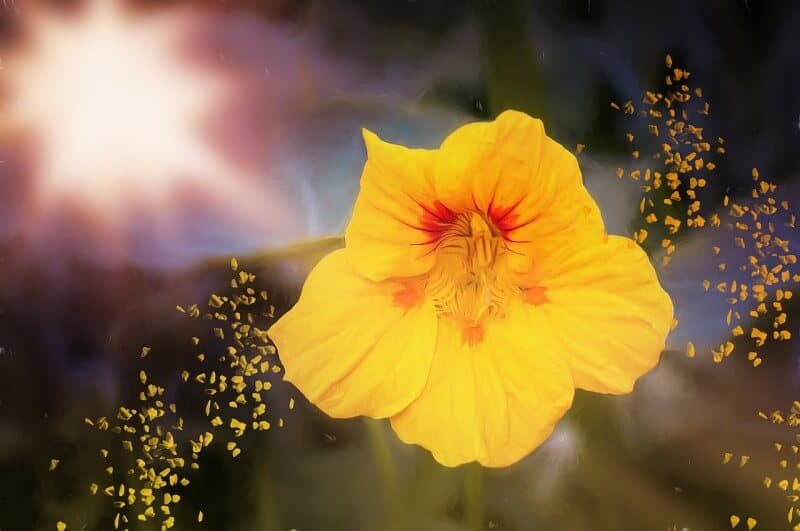
Nasturtiums
There are quite a few different types of nasturtiums you can find them as upright or trailing varieties, as well as in a range of colors. They usually taste sweet and peppery, not unlike watercress.
They are popular edible flowers because they are found just about everywhere and can be used in many different dishes. You can stuff the whole flowers or even pickle the seed pods as a less expensive substitute for capers. You can also use whole flowers to garnish salads, platters, and sandwiches.
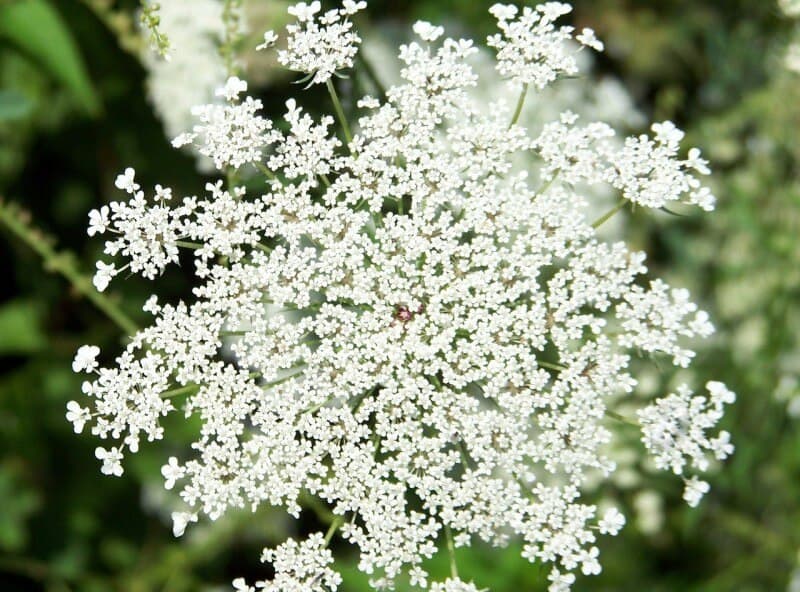
Queen Anne’s Lace
This flower is delicious when used in culinary creations, but it’s important that you know exactly how to identify it before including it in your cooking. This is because Queen Anne’s Lace is closely related to and looks almost exactly like Wild Hemlock, which is incredibly poisonous. It can be fatal if ingested.
It grows profusely alongside Queen Anne’s Lace and tends to occupy the same habitat. You can tell them apart by remembering that Queen Anne’s Lace has a hairy stem, while Wild Hemlock has stems that are smooth and hollow with purple spots.
If you’re worried about accidentally poisoning yourself, you can cultivate Queen Anne’s Lace at home so that you are guaranteed to have a safe batch of flowers to use.
These flowers are related to the carrot – in fact, modern cultivars of carrot were developed from this plant – and actually has a light carrot flavor that makes it fantastic for use in salads.

Roses
The taste and ideal uses of roses will vary depending on the color and type of rose you are growing. Soil conditions can also impact the flavor of roses. However, in most cases, the flavor will be similar to green apples or strawberries.
Roses tend to have a fruity flavor, but can also be spicy or minty. Every kind of rose is edible, but flavors are usually stronger in darker varieties. You can use miniature varieties to garnish desserts or sprinkle large petals on salads or beverages. Just make sure you remove the bitter white portions of the petals.

Violets
Violets taste much like they smell, possessing a sweet, perfumed flavor. You can find them in a range of colors, from yellow to purple and everything in between.
These flowers taste best when used young, as their delicate flavor will add a wonderful panache to salads. You can also use the petals to garnish desserts and iced drinks. The heart-shaped leaves of this flower are also edible and you can cook them like spinach.
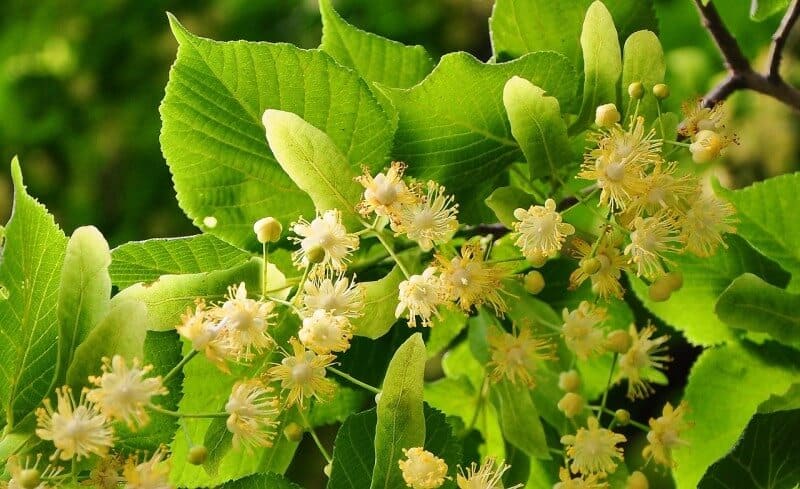
Linden
Linden flowers are small and can be found in either yellow or white shades. These fragrant flowers taste like honey and have traditionally been used in tea. You need to consume linden flowers in moderation, however, as too many can cause mild heart damage.
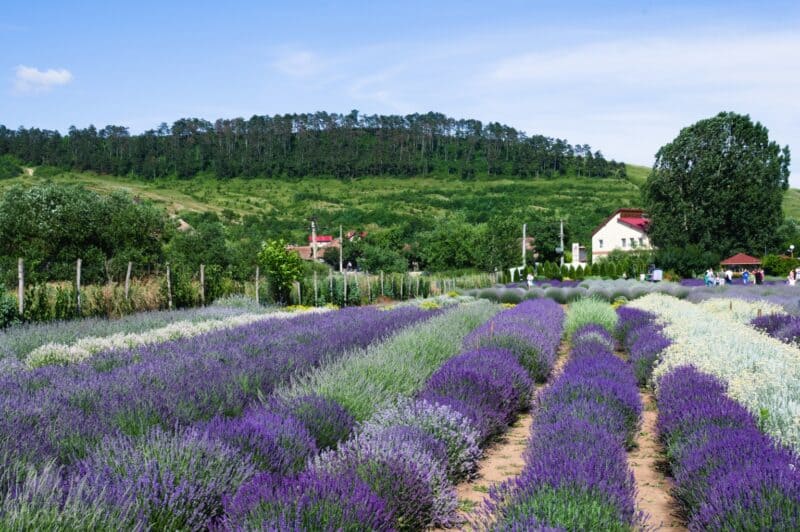
Lavender
Lavender is technically an herb, but it is grown so frequently as an ornamental flower that we think it warrants including it on this list. This plant has a sweet, flowery flavor with undertones of citrus and lemon.
You can include them in a glass of champagne or even use them s a garnish for desserts like ice cream or sorbet. You can also use lavender in savory dishes like stews and sauces.

Hibiscus
Hibiscus is often used in beverages because it has a powerful cranberry-like flavor. It also has strong citrus undertones. The petals are somewhat acidic, so you should use them sparingly as a garnish or in salads. Flower petals can also be dried to make a tea.

Pansies
The pansy tends to have a green, grassy flavor that makes it ideal for a salad. The petals of this plant have a very mild flavor, but consuming the whole flower provides you with a wintery overtone. You can use pansy blossoms in fruit salads, green salads, soups, or even desserts.
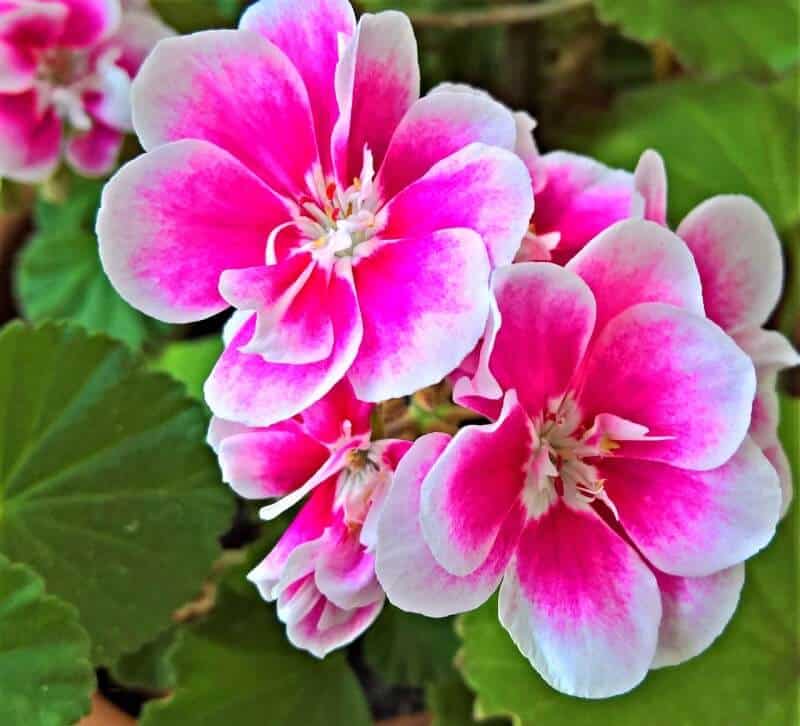
Scented Geraniums
This flower is frequently used in drinks and desserts. The exact flavor of the plant will vary depending on the variety, but usually, the taste corresponds to the scent.
Lemon-scented geraniums will have lemon-scented flowers. You can find these in all kinds of fragrances, from spice to flowers and fruits, but usually come in pastel shades.
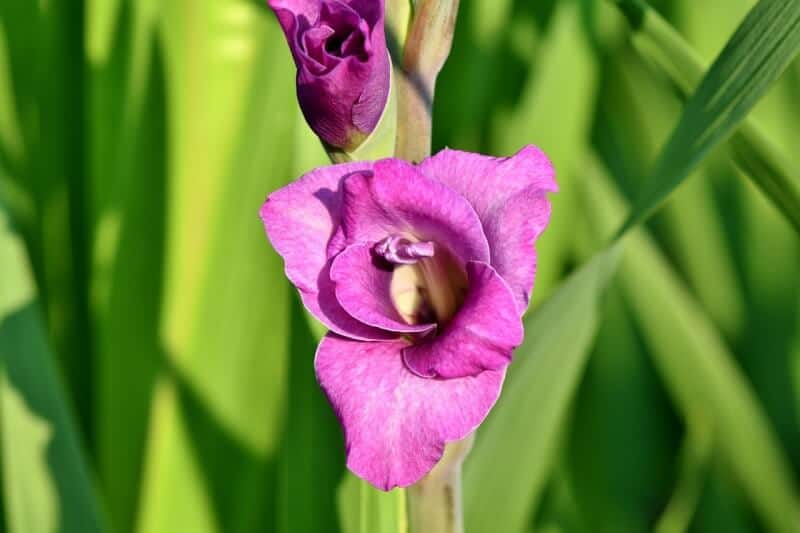
Gladiolus
Gladiolus flowers are tasty, possessing a very mild flavor like lettuce. You can use them in savory spreads or even in mousses, or you can cook the flowers like you would a daylily flower.
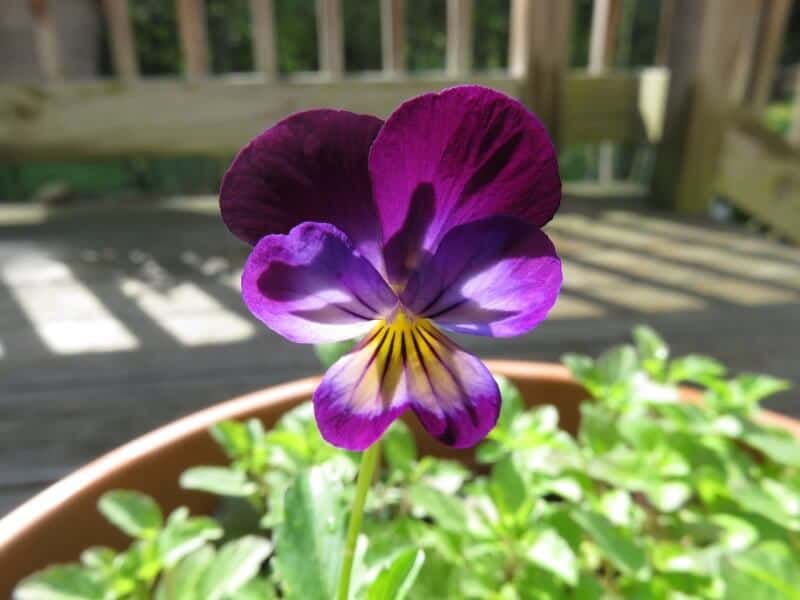
Johnny-Jump-Ups
Closely related to the violet, this plant comes in white, yellow, and purple shades. These plants have a wintergreen flavor that make them a fantastic addition to desserts, cheeses, or salads. You can even add them to soups or beverages.

Lilacs
Lilacs come in several different colors, and the taste of these blossoms will be just as varied as the hues. They are always fragrant but can be somewhat bitter or mildly lemony. They taste excellent in salads or when made into a confection with sugar and egg whites.
Final Words…
The most important thing to remember is that this list is by no means exhaustive. There are hundreds of other edible flowers out there to try – just make sure you do your research so you know that you are properly identifying the plant you intend to eat.
Don’t forget that the blossoms from many vegetables, fruit trees, and herbs are also edible. Zucchini blossoms, for example, make an attractive garnish and are also quite tasty when they are fried.
Do you like to use edible flowers in your cooking? Tell us which ones are your favorite in the comments!
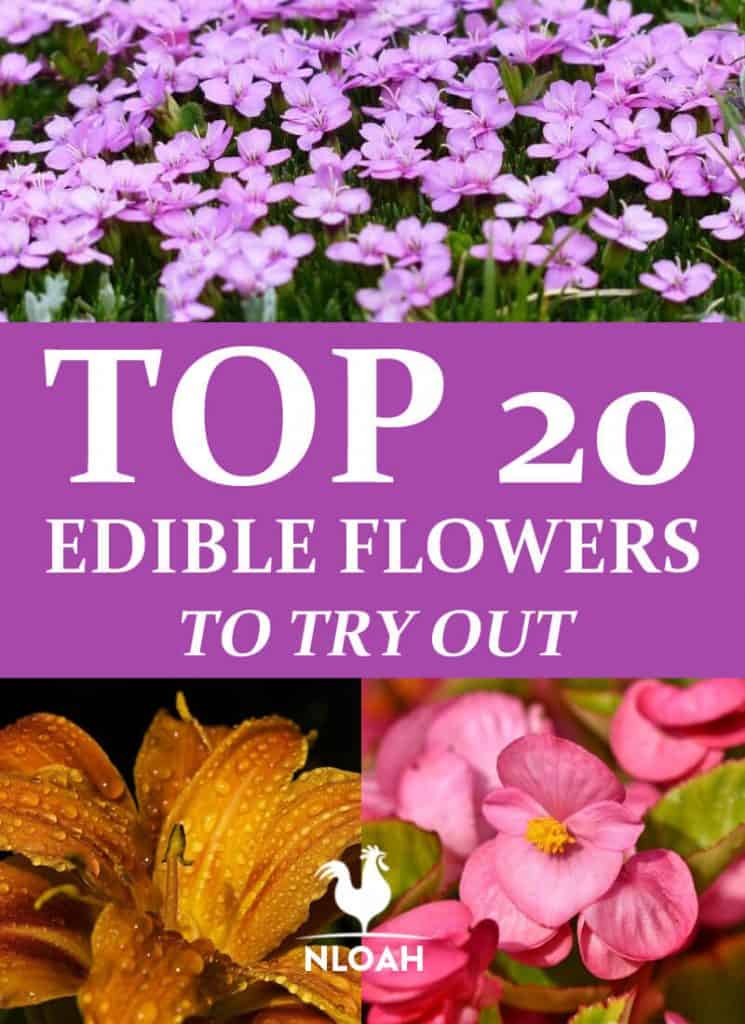

Rebekah is a high-school English teacher n New York, where she lives on a 22 acre homestead. She raises and grows chickens, bees, and veggies such as zucchini (among other things).

Thank you for this. I have only since last summer learned to eat these wonderful flowers and now I’ve learned of more kinds! What I did learn was from Off Grid with Doug and Stacy on You Tube. I am in my early 60’s and I hope I am never too old to learn to be better and live more healthfully! God Bless you. ?
Brook?
Great list, including some I knew and some I didn’t. Thanks very much.
I enjoy my Yucca flowers, by themselves, or in salads.